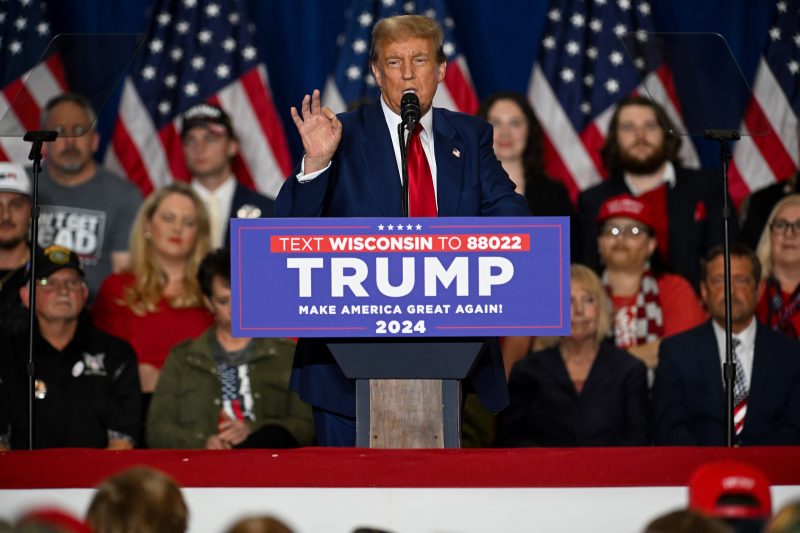In a recent statement, former President Donald Trump expressed his stance on abortion, mentioning that he believes it should be left to individual states to decide on the issue. This view diverges from a national approach to setting limits on abortion, highlighting a key point of contention in the ongoing debate around reproductive rights in the United States.
Trump’s stance on abortion aligns with the perspective of many conservative politicians and pro-life advocates who argue that decisions regarding abortion should primarily be under the purview of state governments. By advocating for a state-by-state approach, Trump is effectively deferring the responsibility of regulating abortion to local legislatures, reflecting his belief in states’ rights and limited federal intervention.
This position contrasts with calls for a national limit on abortion, which would entail federal legislation imposing uniform restrictions across all states. Proponents of a national limit argue that such a measure is necessary to ensure consistent and equitable access to abortion services for individuals across the country, regardless of their geographic location.
The debate over whether abortion regulations should be set at the state or national level underscores the broader ideological divide in American politics between those who prioritize states’ rights and local autonomy versus those who advocate for a more centralized and uniform approach to policymaking.
Critics of Trump’s position argue that leaving abortion policy solely to the discretion of individual states could result in significant disparities in access to reproductive healthcare, with some states implementing strict restrictions that effectively limit or eliminate abortion services altogether. Moreover, a state-by-state approach could potentially infringe on women’s rights and autonomy by subjecting them to a patchwork of laws and regulations that vary depending on where they reside.
In light of Trump’s recent comments, the debate over abortion policy in the United States is likely to intensify, with advocates on both sides of the issue mobilizing to promote their respective visions for how abortion should be regulated. Whether the country ultimately moves towards a more decentralized approach, with states playing a prominent role in shaping abortion policy, or towards a more nationally coordinated framework, remains a contentious and unresolved question in American politics.


























